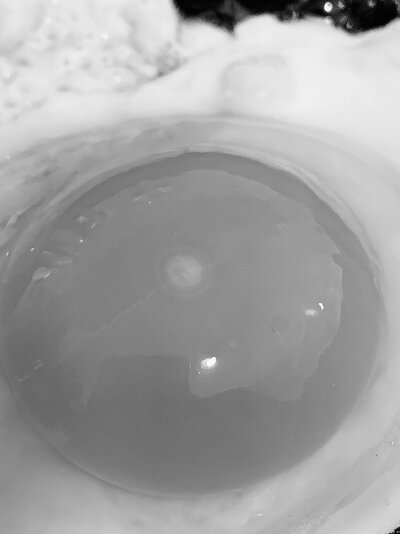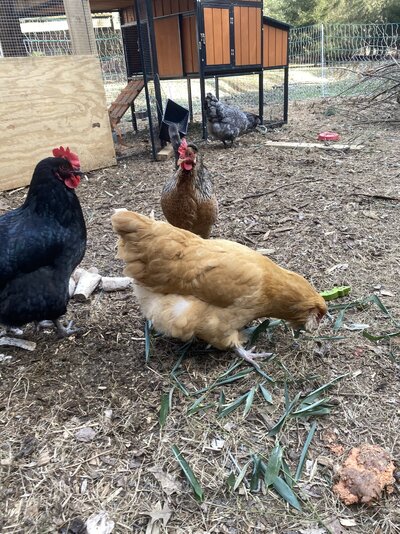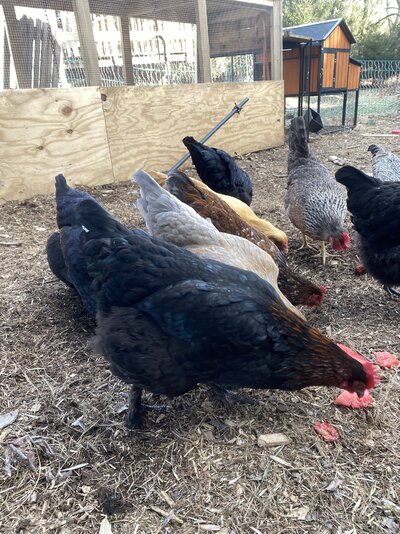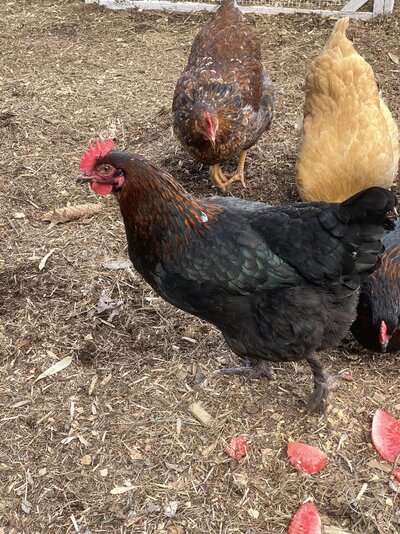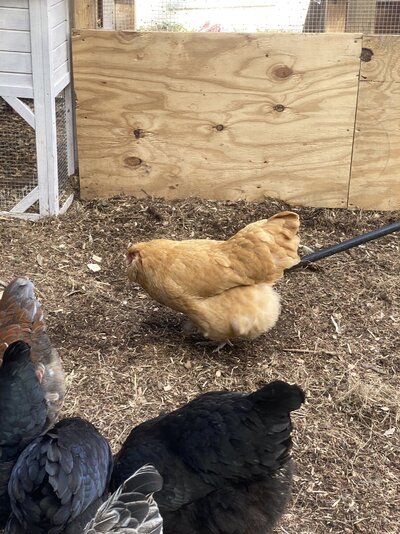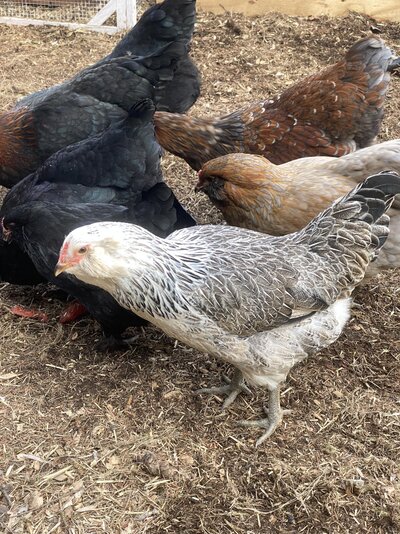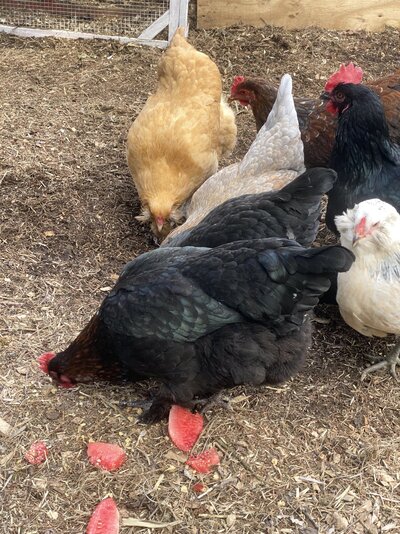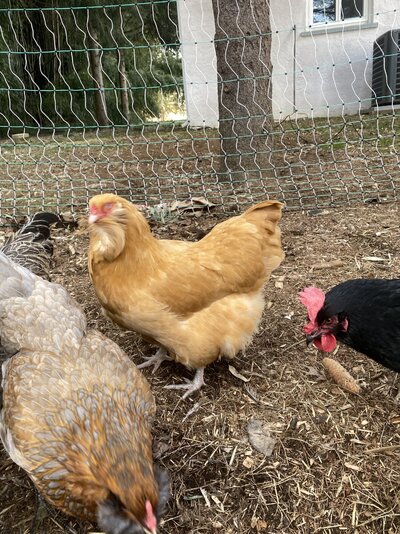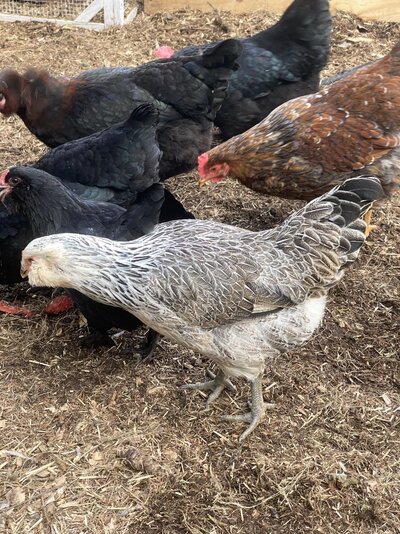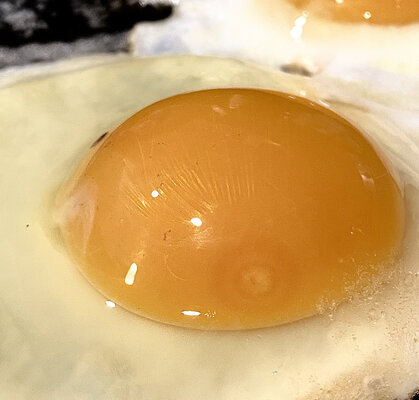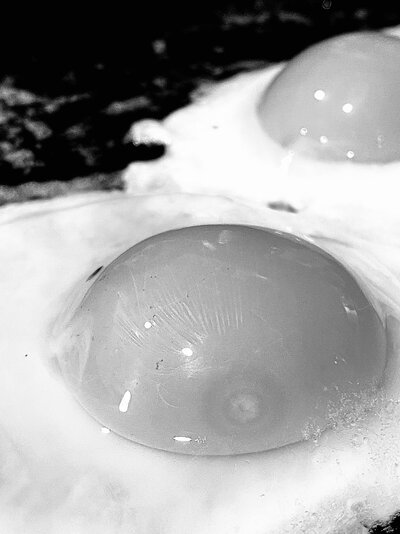- Thread starter
- #13
Saraalexis17
Chirping
- Sep 6, 2021
- 58
- 42
- 68
Can you get clear, individual photos of all the black ones? Standing side view if possible?
I *thought* I saw some male hackle on a black one in one of the group shots but I'm not certain.
If you can slide your hand or a piece of white paper under the hackles and saddles for detail shots it can help when trying to ID black or white birds.
Attachments
-
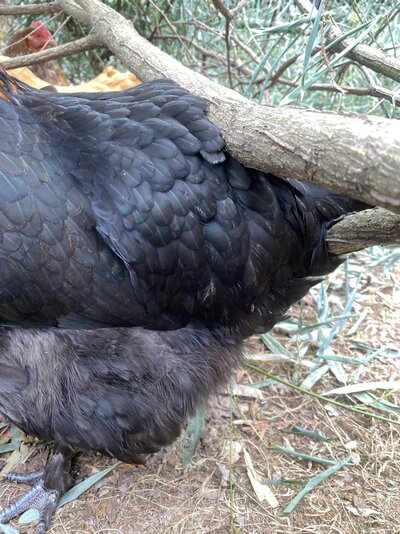 D3AF3DED-4D67-4F18-9342-2844B9DA41C1.jpeg702.4 KB · Views: 1
D3AF3DED-4D67-4F18-9342-2844B9DA41C1.jpeg702.4 KB · Views: 1 -
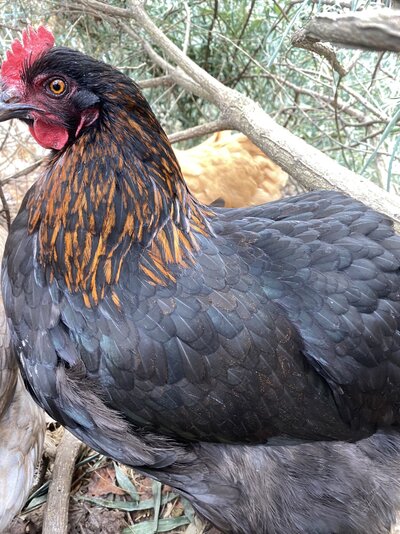 B2541659-7A76-4ACF-B169-354DD1C91354.jpeg740.8 KB · Views: 1
B2541659-7A76-4ACF-B169-354DD1C91354.jpeg740.8 KB · Views: 1 -
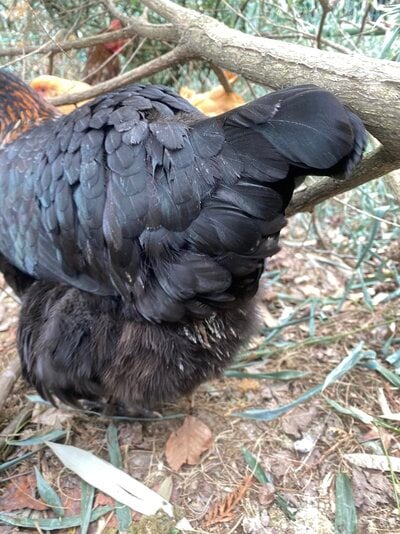 DDCF419C-3962-4F88-B979-9BB1F6467C94.jpeg553.4 KB · Views: 1
DDCF419C-3962-4F88-B979-9BB1F6467C94.jpeg553.4 KB · Views: 1 -
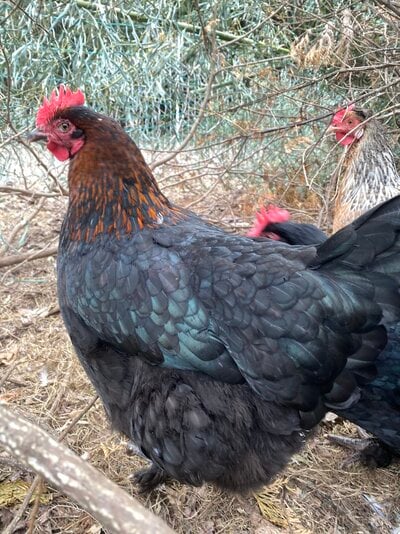 A67B9528-A0DB-4F7E-BF00-DDC4E997239F.jpeg708.1 KB · Views: 1
A67B9528-A0DB-4F7E-BF00-DDC4E997239F.jpeg708.1 KB · Views: 1 -
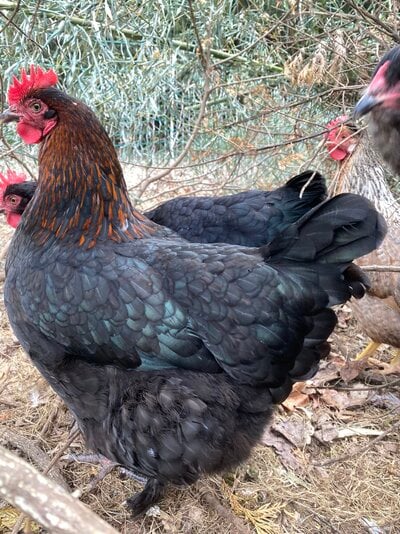 C8ED6878-146F-4DF2-A4B5-73072ADFE7CE.jpeg800.3 KB · Views: 1
C8ED6878-146F-4DF2-A4B5-73072ADFE7CE.jpeg800.3 KB · Views: 1 -
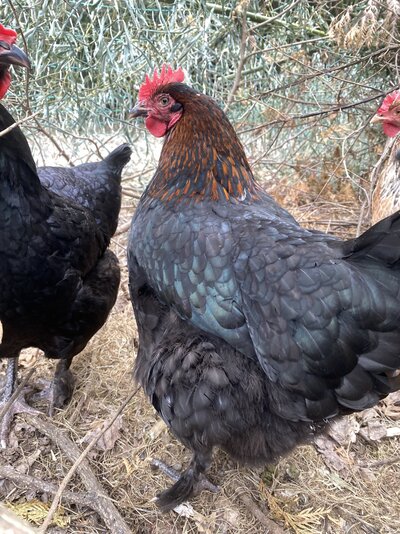 18768B46-0581-45E5-889D-6E755E76EBAC.jpeg793.2 KB · Views: 1
18768B46-0581-45E5-889D-6E755E76EBAC.jpeg793.2 KB · Views: 1 -
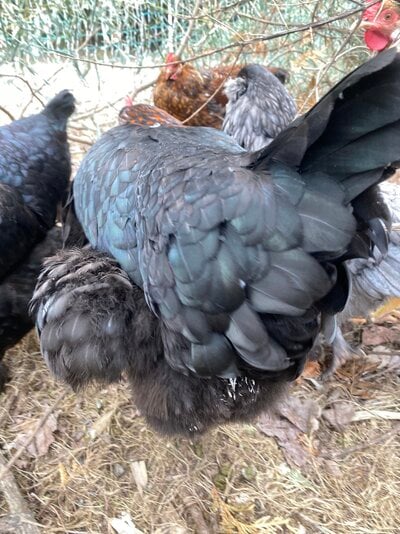 EA34A777-319A-4EC6-952F-961E86D74A37.jpeg597.3 KB · Views: 1
EA34A777-319A-4EC6-952F-961E86D74A37.jpeg597.3 KB · Views: 1

